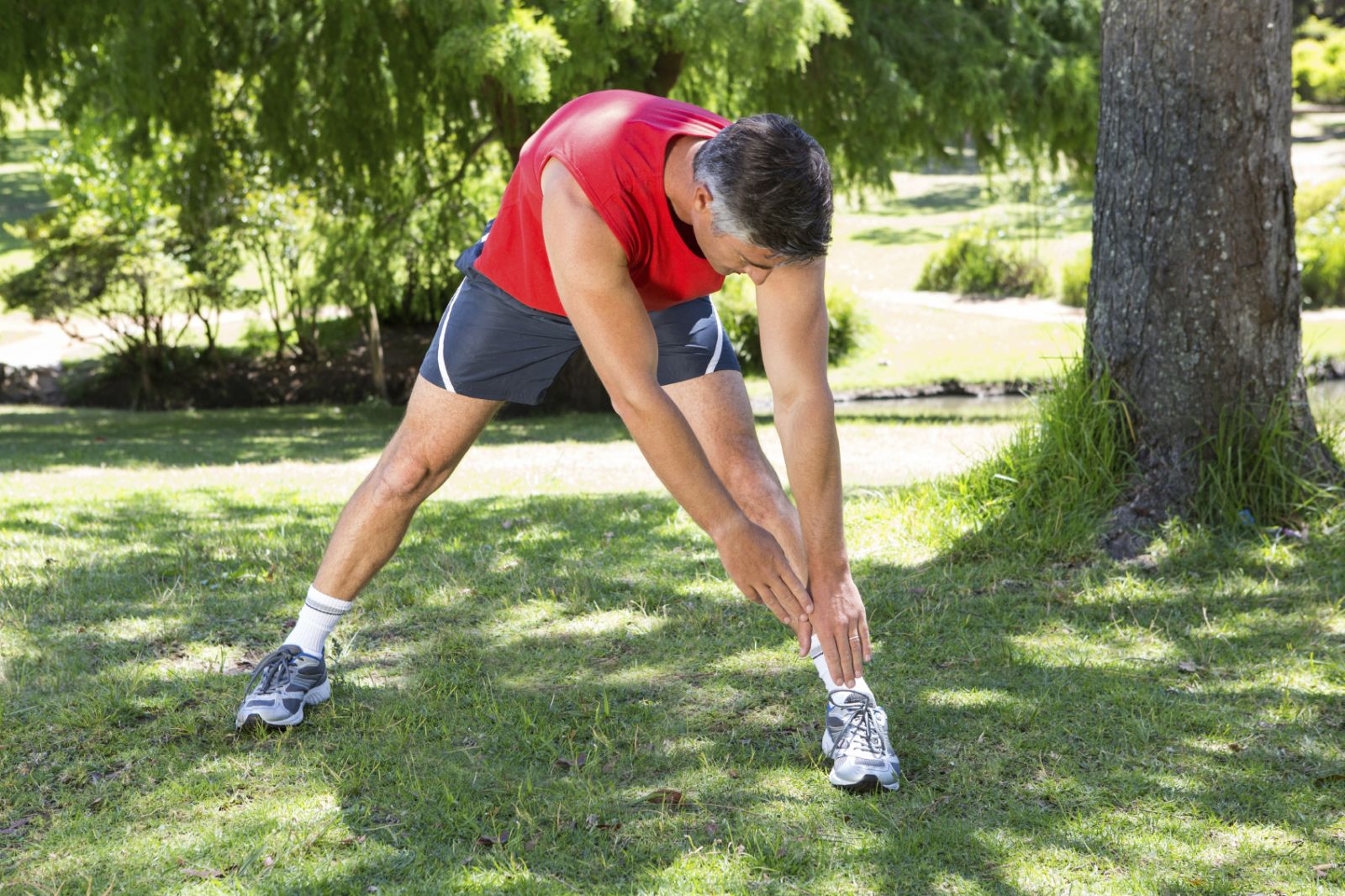|
Fitness Blog Covering Topics Of Interest Friday, November 06 2015
You might be eager to leap into your exercise routine and get on with the day — but don’t just dive in. Starting a workout with “cold” muscles can lead to injury. It’s important to start each workout with a warm-up and end with a cool-down — and that goes for true beginners, seasoned pros, and everyone in between. Warm-upWarming up pumps nutrient-rich, oxygenated blood to your muscles as it speeds up your heart rate and breathing. A good warm-up should last five to 10 minutes and work all major muscle groups. For best results, start slowly, then pick up the pace. Many warm-up routines focus on cardio and range-of-motion exercises, such as jumping jacks and lunges. If you prefer, you can do a simpler warm-up by walking in place while gently swinging your arms, or even dancing to a few songs. Cool-downAfter your workout, it’s best to spend five to 10 minutes cooling down through a sequence of slow movements. This helps prevent muscle cramps and dizziness while gradually slowing your breathing and heart rate. An effective cool-down also incorporates stretching exercises to relax and lengthen muscles throughout your body and improve your range of motion. To get the most out of these exercises, hold each stretch for 10 to 30 seconds. The longer you can hold a stretch, the better for improving your flexibility. As with the warm-up, it’s best to flow from one stretch to the next without rests in between. Thursday, July 16 2015
Mobility — the ability to move purposefully around your environment — is vitally important to health and well-being. Nearly one-third to one-half of adults ages 65 and older experience impaired mobility. At first, it may not seem like a big deal — many people with impaired mobility learn to just move a little more slowly and a little more deliberately. Some people work around the problem by relying on a cane or walker. That’s why it’s important to intervene to either prevent future mobility impairments or reduce existing ones.But taking impaired mobility “lying down” can cause your health to spiral downward. As you move less, pounds may start to creep on. You might withdraw from social relationships and activities that challenge you mentally. Exercise may become difficult, and lack of activity can worsen many health problems. This cycle of physical, emotional, and mental decline further restricts mobility. For most people, the ability to rely on their own bodies, skills, and mental agility is a crucial part of living a satisfying life. Having full mobility helps you fully engage with the world and fosters a sense of self-sufficiency that can help you live independently well into your later years. Saturday, October 25 2014
You might be surprised to learn that what you eat affects your ability to move.
Keys to a healthy diet There is no shortage of diet books and eating plans that claim to help you slim down and live a longer and healthier life. But healthy eating is surprisingly simple.
Thursday, August 21 2014
If opening jars becomes more difficult because of painful hands, or if climbing stairs produces pain in your knees, “arthritis” is often the first thing that comes to mind. The two most common forms of arthritis—osteoarthritis and rheumatoid arthritis—can cause similar aches and pains, but there are a few key differences between them. For example: Onset. Osteoarthritis occurs when cartilage (tissue in your joints that cushions your bones) wears away. Pain occurs when bone rubs against bone. This type of arthritis pain tends to develop gradually and intermittently over several months or years. Osteoarthritis is the most common type of arthritis affecting 27 million Americans. Many people believe it’s a crippling and inevitable part of growing old. But things are changing. Treatments are better, and plenty of people age well without much arthritis. If you have osteoarthritis, you can take steps to protect your joints, reduce discomfort, and improve mobility — all of which are detailed in this report. If you don’t have osteoarthritis, the report offers strategies for preventing it. Rheumatoid arthritis, on the other hand, is an inflammatory condition in which your immune system attacks the tissues in your joints. It causes pain and stiffness that worsen over several weeks or a few months. And joint pain isn’t always the first sign of rheumatoid arthritis—sometimes it begins with “flu-like” symptoms of fatigue, fever, weakness, and minor joint aches. Location. Both osteoarthritis and rheumatoid arthritis can affect the hands. However, osteoarthritis often affects the joint closest to the tip of the finger, whereas rheumatoid arthritis usually spares this joint. And while rheumatoid arthritis can appear in any joint, its most common targets are the hands, wrists, and feet. Type of stiffness. People often describe vague muscle aches as “stiffness,” but when doctors talk about “stiffness,” they mean that a joint doesn’t move as easily as it should. Stiffness may be prominent even when joint pain is not. Mild morning stiffness is common in osteoarthritis and often goes away after just a few minutes of activity. Sometimes people with osteoarthritis also notice the same type of stiffness during the day after resting the joint for an hour or so. In rheumatoid arthritis, however, morning stiffness doesn’t begin to improve for an hour or longer. Occasionally, prolonged joint stiffness in the morning is the first symptom of rheumatoid arthritis. |
 |



 Image: iStock
Image: iStock